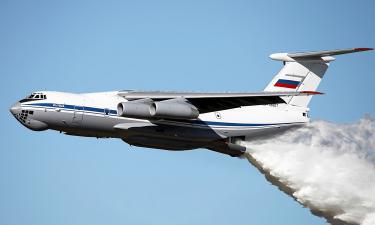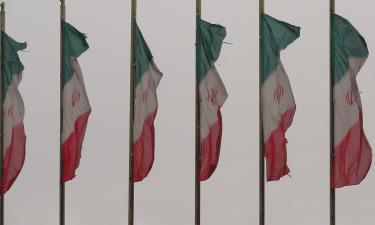Cassini spacecraft to remain over Saturn for four years
The Cassini space probe is absolutely ready to begin its four-year mission to Saturn – with the aim to study the ringed planet and the many moons that move under this gas giants' influence.
Cassini will pass through a gap in those famous rings before making an engine burn to slow it down enough to enter an orbit around the huge planet.
On its voyage, Cassini performed four gravity-assist fly-by manoeuvres to help carry it to the sixth planet from our Sun. As it prepares to insert into Saturn orbit, the probe will approach the planet from below the plane of its ring system. It will then cross this system through a large gap between the "F ring" and the "G ring", quotes bbc.co.uk.
Just as Saturn's rings can lend clues about how the solar system may have formed, another target beyond the rings -- Saturn's largest moon, Titan -- could provide clues to very early conditions on Earth. Right now, scientists know little about the moon, other than it has an atmosphere of mostly nitrogen, contains organic matter, is very cold (nearly 300 degrees below zero) and hosts something that produces methane -- perhaps volcanoes.
"Titan could bear a very close resemblance to Earth in very odd respects," said Carolyn Porco, leader of the Cassini Imaging Science team and senior research scientist at the Space Science Institute in Boulder, Colo. "It might tell us something about our own history long ago when there was organic material that later developed into life. It's a thrilling target for us.", cites technewsworld.com.
Find out more here:
Subscribe to Pravda.Ru Telegram channel, Facebook, RSS!





